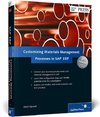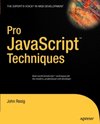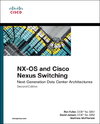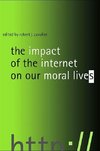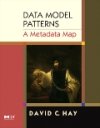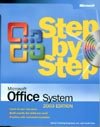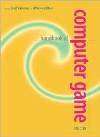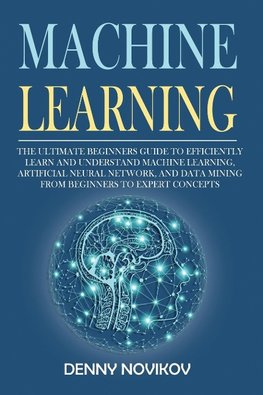
Machine Learning
Are you thinking that as much as we want to look for logical frameworks for intelligence, there is no certainty or scientific proof that intelligence is as structured as we believe it to be?
As in the evolutionary process, where chaos and order...
Viac o knihe
Produkt je dočasne nedostupný
17.69 €
bežná cena: 20.10 €
O knihe
Are you thinking that as much as we want to look for logical frameworks for intelligence, there is no certainty or scientific proof that intelligence is as structured as we believe it to be?
As in the evolutionary process, where chaos and order wisely coexist, I see a research gap related to our brain and mind, typically related to focusing on models based solely on order.
But if we are researching Artificial Intelligence, why are we so attached to the order and models that are supposed to be those of our brain?
Or, what binds us so much to what we see only, without opening spaces to what we don't see, if only to consider them small pieces of chaos?
In this openness and vision, when it comes to intelligence, I propose a new concept: that of unstructured intelligence, which I will try to explain in this book.
In this book, you will learn:
Automatic Learning
Machine Learning Paradigms
Inductive Learning
Induction Of Decision Trees
The relevance of attributes
Algorithms
Cluster
And Much more...
I think one of the main reasons for AI's long winter was that we went deep into it, creating architectures focused on existing paradigms, with little investment in new technologies and standards, such as machine learning itself.
But are we aren't repeating the same mistake in this new wave of AI?
If so, I consider the main mistake too much focus on artificial neural network architectures, as if this was the solution to solving complex learning problems in the human pattern or even the main door to generic artificial intelligence with semantic analysis capabilities.
And a possible solution to avoid the same history of past failure, perhaps, is to tackle high complexity real-world learning problems collectively and collaboratively, such as creating AI systems that can teach them to learn for themselves, like us humans.
So the architecture that seems to be the most logical for such problems is precisely the hybrid, where we have the most varied types of learning. In fact, before we are born, we are already learning in a hybrid way, with labeled and unlabeled data, by its very nature, and all its mechanisms of evolution.
You may think that you don't remember any important labeled data when you were a baby or child, but your mind and brain did a swell job to solve the puzzles that required some labeling to move on, as unsupervised learning systems follow.
So we can think of a similar machine architecture where the basis for all inferences is supervised learning, but capable of labeling any data that is not done by humans or other machines. And even criticize existing labels.
We are actually talking about machine learning - unsupervised - to generate labels for machine learning.
And creativity, in my view, is one of the essential links to evolve in understanding and formalizing new machine learning models.
Do you really want to easily learn and understand Machine Learning?
If so, get started today: scroll to the top, and click "BUY NOW"
- Vydavateľstvo: LIGHTNING SOURCE INC
- Formát: Paperback
- Jazyk:
- ISBN: 9781801132596

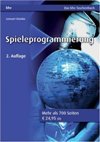
 Nemecký jazyk
Nemecký jazyk 
 Anglický jazyk
Anglický jazyk 